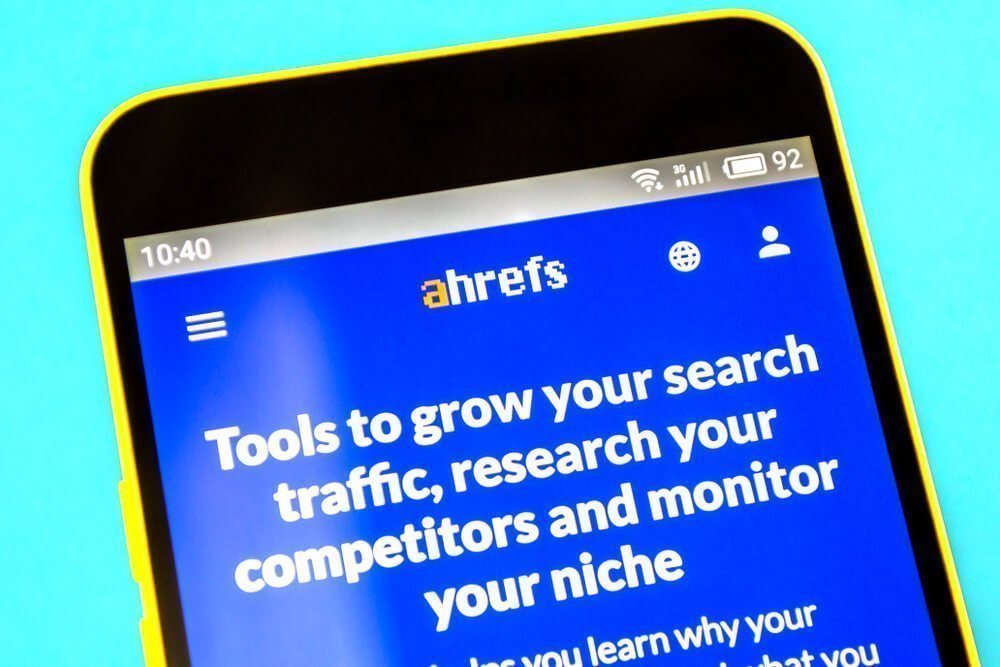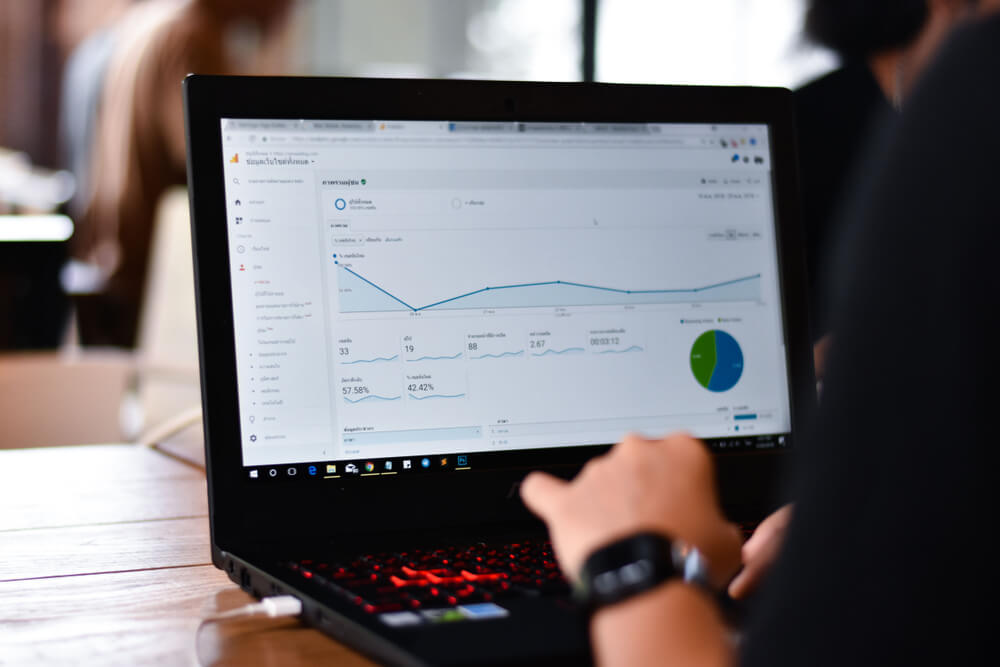
How To Use Indexing and Crawling for the Best SEO
Your website needs good standing to reach the top of search engine results pages (SERPs). You must understand how to leverage web indexing and crawling to boost your SEO ranking—the bread and butter of technical SEO agency experts.
This guide provides an overview of how to optimize for these two steps to get the best SEO, including:
- An introduction to indexing and crawling in SEO
- A brief look into assessing your website’s indexability and crawlability
- Five best practices that guarantee results for your SEO ranking
There’s a lot to discuss, so get ready to take notes.
Let’s go!
Want to learn more about the Digital Authority Partners approach to SEO? Watch this video!
What Indexing and Crawling Do for Your Website’s SEO
A search engine is essentially a digital library containing resources that users can search for and use at their convenience. To build this storehouse of online data, search engines send crawler bots to scour the internet for fresh content. That is indexing and crawling in a nutshell.
Here is a look at both topics and how they work in greater detail:
- Indexing is the process of search engines storing or bookmarking web pages that their crawler bots find helpful for users. Published content is not automatically indexed because it has to fit guidelines, such as E-E-A-T, to be deemed valuable for users.
- Crawling happens when search engines send bots over to investigate a domain (both old and new) for content. Like indexing, this does not happen automatically, or quickly for that matter. Sometimes you need to request or encourage bots to visit your website.
In essence, these two aspects of technical SEO deal with online visibility and user usability. That means regular audits are necessary for the best SEO, because you are unlikely to get it 100% right every time. Rest assured, technical SEO becomes easier with time.
Assessing Your Website’s Indexability and Crawlability

As mentioned above, you can significantly boost indexability and crawlability by auditing and updating your website. You are bound to make beginner mistakes every now and then, so don’t hesitate in taking a second look at your website strategy. Remember, the experts do this, too.
The following tools can give you helpful insight into what parts of your content or website need fixing or updating for better crawlability.
- Google Search Console
- Yoast SEO Premium
- Ahrefs Broken Link Checker
- Google Index Checker
- Screaming Frog SEO Spider
Each has a different use, so keep that in mind before deciding which one works best for your website. If nothing else, Google is always a safe choice.
The difference between free, freemium, and premium SEO tools is noticeable, especially in large-scale operations where processing speed and capacity matter. However, for small businesses and personal sites, free tools more or less cover basic technical SEO needs.
5 Best Ways To Improve Website Indexing and Crawling

If you want to leverage indexing and crawling for their best SEO benefits, you should learn as much about the hows and whys as possible. One way to get started on this is to review topics such as sitemaps, which are the building blocks of getting your website's SEO up to standard.
Most, if not all, indexing and crawling best practices require some technical knowledge, so let us explain some of the more beginner-friendly ones that you can start doing right now. Below are five widely used and highly recommended indexing and crawling practices for SEO.
1. Perform a Full Website and Content Audit
Approach indexing and crawling SEO with a full-coverage strategy. That means inspecting any and every possible avenue for improvement, from your website structure to your entire link profile. Here are some major audits you must perform as soon as possible:
- Check for duplicate or redundant content and make plans to remove or merge articles.
- Scan your website for any broken or dead links and move to address them immediately.
- Assess whether your current website structure helps or hinders indexing and crawling.
2. Create a Sitemap and Send It to Google
A sitemap is a file that contains a detailed blueprint of your website's structure. It helps bots index and crawl your website faster and allows users to navigate it more easily. In fact, you can even create separate ones for different types of content, depending on what you need.
You can make a sitemap in several ways and styles, and as mentioned, for different purposes. The one you want for indexing and crawling is called an XML sitemap, which has everything Google needs from your website. Free tools and plugins make generating one a one-click process.
3. Use Topic Clusters to Make Crawling Easy
Google says that your website might not need a sitemap if it is relatively small, or if your content is already easy to find. Specifically, they cited websites with fewer than 500 pages and websites with good internal links as examples. That makes topic clusters great for indexing and crawling.
You might wonder why and how an SEO content strategy can help with this issue. Basically, topic clusters actively connect your content pages from the start, making them easy to access and follow. This benefit also helps mitigate problematic crawling issues.
4. Add Meta Tags to Vital Content and Pages
When search engine crawlers arrive at your website, you want to make their job as easy as possible. One of the ways you can do that is by filling out relevant meta tags for your critical pages. This at least ensures that the content you want to be indexed has the best chance of being found.
A meta tag is data about key information on a page, such as:
- Title Tag
- Meta Description
- Robots Meta Tag
5. Prioritize Ease of Use for Mobile Devices
More than half of users access the internet from a mobile device, and this shift in preference should continue as gadgets become more powerful and compact. Therefore, websites that have begun to move toward mobile-friendly designs have an indexing and crawling advantage.
Applying this in practice is not as difficult as it sounds, however. Most content management software (CMS) has embraced this change and offers plenty of mobile-friendly and responsive themes for any aesthetic. It only takes a few clicks, maybe a purchase, and you are good to go.
Summing Up
A top-ranking website starts its journey with outstanding SEO, including effectively guiding search engine bots during indexing and crawling.
Need help optimizing your website for indexing and crawling? Contact us to learn what we can do to help.
Want To Meet Our Expert Team?
Book a meeting directly here




